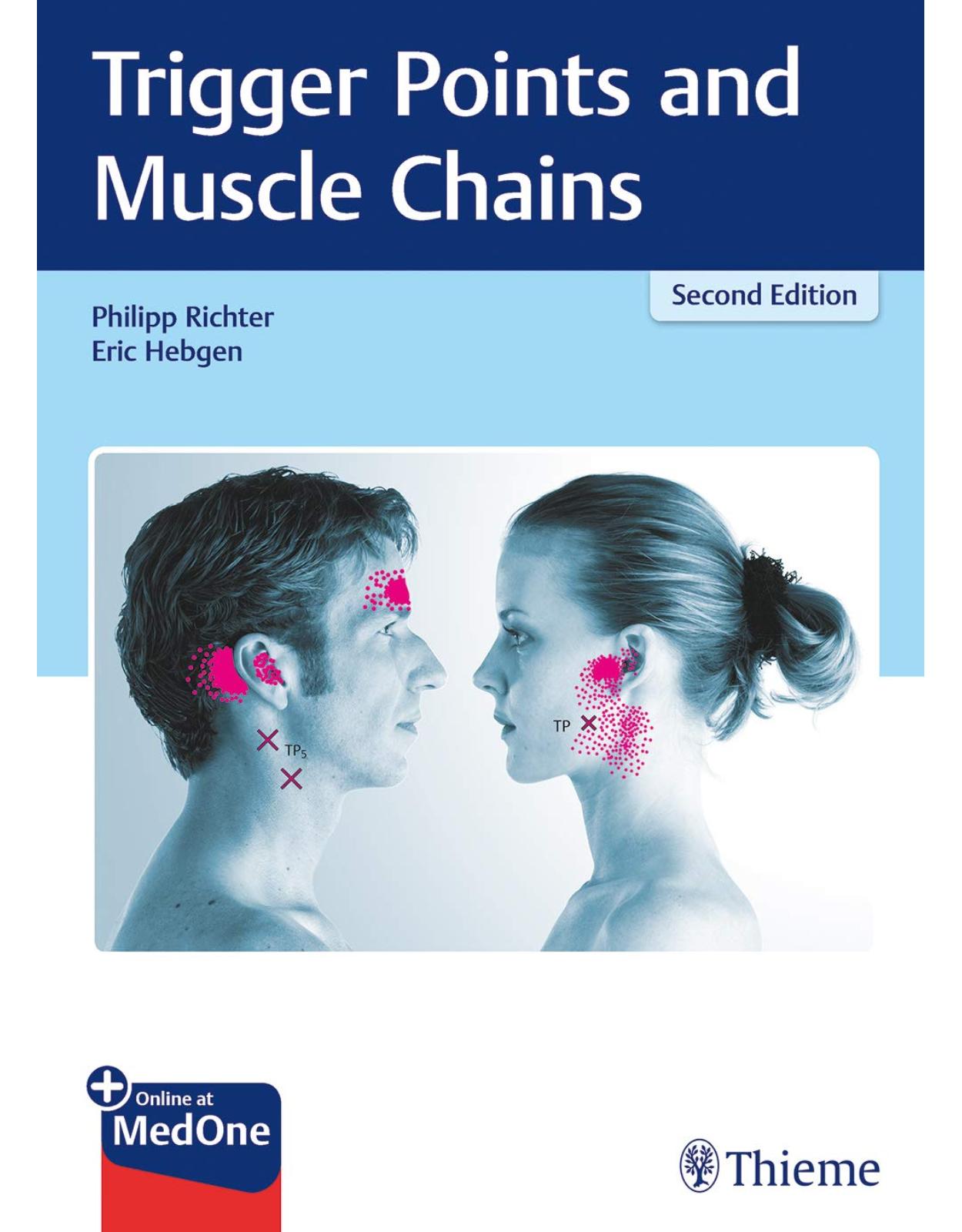
Trigger Points and Muscle Chains
Livrare gratis la comenzi peste 500 RON. Pentru celelalte comenzi livrarea este 20 RON.
Disponibilitate: La comanda in aproximativ 4 saptamani
Autor: Philipp Richter, Eric Hebgen
Editura: Thieme
Limba: Engleza
Nr. pagini: 272
Coperta: Hardcover
Dimensiuni: 26.92 x 19.56 cm
An aparitie: 11 Jan. 2019
Description:
Relief for your patients with musculoskeletal pain...
This unique guide takes an in-depth look at trigger point therapy. Divided into two sections – Functional Muscle Chains and Trigger Points and Their Treatment – this book combines detailed theory with tried and practical techniques.
The text covers the basics of functional muscle chains and the origin of myofascial pain arising from the musculoskeletal system, for example, due to poor posture. The reader will learn how various stretching exercises augment the myofascial therapy methods.
Anatomic drawings and liberal use of photographs in this book will help the reader to localize the trigger points and the associated pain areas.
Praise for the first edition:
"The information is brief but to the point; there is little wasted space so that the book is packed with information that can immediately be put into action." Doody's Review
Key Features:
Various models of muscle chains introduced and described
Detailed explanations of trigger points and their treatment
New chapters about posture and influence of gravity, as well 46 new and redrawn illustrations, now totaling approximately 300, included in this new edition
"Ticklish" and erogenous zones mapped out to help prevent unintended side effects of treatment
Trigger Points and Muscle Chains, second edition, is an essential tool for osteopaths, physical therapists, and all practitioners involved in pain therapy.
Split into two sections, it combines detailed theory with practical techniques. You will find comprehensive information on a broad spectrum of topics such as myofascial chains, the craniosacral model, and the classification, diagnosis, and therapy of trigger points. Highlights: Different models of muscle chains Detailed explanations of trigger points and their treatment Over 260 instructive illustrations and high-quality photographs Featuring input from various different specialties, this outstanding book is an essential tool for osteopaths, physiotherapists, chiropractors using trigger point therapy, and all others working in pain therapy. A clear layout and detailed anatomical drawings allow you to quickly improve your therapeutic skills. The result: accurate and effective pain therapy!
Table of Contents:
A Muscle Chains
1 Introduction
2 Models for Myofascial Chains
2.1 Herman Kabat (1950): Proprioceptive Neuromuscular Facilitation
Motion Patterns
Application Modalities
Observations
2.2 Godelieve Denys-Struyf
Classification of the Five Muscle Chains
2.3 Thomas W. Myers
“Anatomy Trains” (Myofascial Meridians)
Myofascial Chains According to T. Myers
2.4 Leopold Busquet
Muscle Chains
Myofascial Chains According to Busquet
Functions of the Myofascial Muscle Chain
2.5 Paul Chauffour: Mechanical Link in Osteopathy
Paul Chauffour’s Biomechanical Chains
2.6 Summary of Myofascial Chain Models
3 Physiology
3.1 Connective Tissue
Cells
Intercellular Substance
Connective Tissue Supply
“Creep” Phenomenon
3.2 Muscles
3.3 Fasciae
Functions of Fasciae
Manifestations of Fascial Disorders
Evaluation of Fascial Tensions
Causes of Musculoskeletal Dysfunctions
Genesis of Myofascial Disorders
Pain Patterns
3.4 Vegetative Innervation of Organs
3.5 Irvin M. Korr
Significance of Somatic Dysfunctions of the Spine for the Entire Organism
Role of the Spinal Cord
Role of the Autonomic Nervous System
Significance of Nerves for Trophism
3.6 Sir Charles Sherrington
Inhibition of Antagonists or Reciprocal Innervation (or Inhibition)
Postisometric Relaxation
Temporal and Spatial Summation
Successive Induction
3.7 Harrison H. Fryette
Lovett’s Laws
Fryette’s Laws
Gait as a Global Functional Motion Pattern
Gait Analysis
Muscle Activity while Walking
Conclusion
4 The Craniosacral Model
4.1 William G. Sutherland
4.2 Biomechanics of the Craniosacral System
4.3 Motions and Dysfunctions of the Craniosacral Mechanism
Flexion–Extension
Torsion
Sidebending–Rotation
Vertical and Lateral Strain
Compression Dysfunction in the Sphenobasilar Synchondrosis
Intraossal Dysfunctions
Sacrum Dysfunctions
4.4 Impact of Cranial Dysfunctions and Malpositions on the Periphery
5 The Biomechanical Model of John Martin Littlejohn: Mechanics of the Spine
5.1 History
5.2 “Mechanics of the Spine” and the Body’s Lines of Force
Central Gravity Line
Anterior Body Line
Anteroposterior Line
Two Posteroanterior Lines
5.3 Polygon of Forces
5.4 Arches, Pivots, and Double Arches
Arches
Pivots
Double Arches
5.5 Specific Adjusting Technique as per Dummer
History
Procedure
Three Units
6 Postural Muscles, Phasic Muscles, and Crossed Syndrome: Vladimir Janda’s Contributions to Myofascial Treatment Methods
6.1 Posture
6.2 Motor Function
6.3 Postural Muscle Fibers (Red Fibers)
6.4 Phasic Muscle Fibers (White Fibers)
6.5 Muscles That Tend toward Contraction
6.6 Muscles That Tend toward Weakening
6.7 Crossed Syndrome
Upper Crossed Syndrome
Lower Crossed Syndrome
6.8 Practical Implications
7 Zink Patterns
7.1 The Composition of Zink Patterns
Occipitoatlantoaxial Complex
Superior Thorax Aperture
Inferior Thoracic Aperture
Pelvis
7.2 Practical Applications of the Zink Pattern
Occipitoatlantal Axis
Superior Thorax Aperture
Inferior Thorax Aperture
Pelvis
8 Myofascial Chains: A Model
8.1 Muscle Chains
Flexion Chain
Extension Chain
8.2 Summary and Conclusion about Flexion and Extension Chains
Flexion Chain
Extension Chain
8.3 Torsion
8.4 Special Characteristics of Some Muscles and Muscle Chains
Sternocleidomastoid
Scalene Muscles
Diaphragm
Iliopsoas Muscle
Hip Rotators
Summary
9 Posture
9.1 Factors Impacting Posture
9.2 Impact of Gravity on the Locomotor System
9.3 Hinge Zones
9.4 Maintaining Equilibrium
Practical Relevance
Posture Receptors
Summary: Maintaining Equilibrium
9.5 Examination
Method
Posture Analysis
Differentiation: Parietal–Visceral–Cranial
Examination of Posture Receptors
Conclusion
9.6 Leg Length Differences
Leg Length Differences and Posture Changes of Pelvis and Spine
Symptoms of Leg Length Differences and Impact on Musculoskeletal System
Diagnosing Leg Length Differences
Should Leg Length Differences be Corrected?
Conclusion
10 Diagnostics
10.1 Anamnesis
10.2 Examination
Observation
Palpation
Motion Tests
11 Therapy
11.1 Muscle Energy Techniques
Definition
Indications and Contraindications
Prerequisites for Optimal Muscle Energy Technique Application
Technical Prerequisites and Enhancers for Muscle Energy Techniques
Muscle Energy Technique Variants
Physiologic Principles
11.2 Myofascial Release Techniques
11.3 Neuromuscular Technique
11.4 Myofascial Release Technique with Ischemic Compression
B Trigger Points: Diagnosis and Treatment
12 Definition
13 Classification of Trigger Points
14 Pathophysiology of Trigger Points
15 Diagnosing Trigger Points
16 Trigger Point Therapy
17 Trigger Point Perpetuating Factors
18 Facilitated Segments
19 Trigger Points
19.1 Head and Neck Pain: Related Muscles
Trapezius Muscle
Sternocleidomastoid Muscle
Masseter Muscle
Temporal Muscle
Lateral Pterygoid Muscle
Medial Pterygoid Muscle
Digastric Muscle
Orbicular Muscle of Eye, Greater Zygomatic Muscle, Platysma Muscle
Occipitofrontal Muscle
Splenius Muscle of Head and Splenius Muscle of Neck
Semispinal Muscle of Head, Semispinal Muscle of Neck, Multifidus Muscles
Rectus Capitis Posterior Major and Minor Muscles, Inferior and Superior Oblique Muscles of Head
Stretching the Lateral Cervical and Nuchal Muscles
19.2 Upper Thorax, Shoulder, and Arm Pain: Related Muscles
Levator Muscle of Scapula
Scalene Muscles
Supraspinous Muscle
Infraspinous Muscle
Teres Minor Muscle
Stretching the External Shoulder Rotators
Teres Major Muscle
Latissimus Dorsi Muscle
Stretching the Lateral Side of the Trunk
Subscapular Muscle
Rhomboid Muscles
Deltoid Muscle
Coracobrachial Muscle
Biceps Muscle of Arm
Stretching the Biceps Muscle of Arm
Brachial Muscle
Triceps Muscle of Arm
Anconeus Muscle
19.3 Elbow and Finger Pain: Related Muscles
Brachioradial Muscle
Long Radial Extensor Muscle of Wrist
Short Radial Extensor Muscle of Wrist
Ulnar Extensor Muscle of Wrist
Extensor Muscle of Fingers
Extensor Muscle of Index Finger
Supinator Muscle
Stretching the Lower Arm Extensors
Long Palmar Muscle
Radial Flexor Muscle of the Wrist
Ulnar Flexor Muscle of Wrist
Superficial Flexor Muscle of Fingers
Deep Flexor Muscle of Fingers
Long Flexor Muscle of Thumb
Pronator Teres Muscle
Stretching the Lower Arm Flexors
Adductor Muscle of Thumb
Opposing Muscle of Thumb
Abductor Muscle of Little Finger
Interosseous Muscles of Hand
19.4 Upper Trunk Pain: Related Muscles
Greater Pectoral Muscle
Smaller Pectoral Muscle
Subclavius Muscle
Stretching the Pectoral Muscles
Sternal Muscle
Superior Posterior Serratus Muscle
Inferior Posterior Serratus Muscle
Anterior Serratus Muscle
Erector Muscle of Spine
Stretching the Autochthonous Back Muscles
Rectus Abdominis Muscle, Internal and External Oblique Muscles of Abdomen, Transverse Abdominal Muscle, Pyramidal Muscle
Stretching the Abdominal Muscles
19.5 Lower Trunk Pain: Related Muscles
Quadratus Lumborum Muscle
Stretching the Lateral Side of the Trunk
Iliopsoas Muscle
Stretching the Hip Flexors and Gluteal Muscles
Muscles of the Pelvic Floor
Gluteus Maximus Muscle
Gluteus Medius Muscle
Gluteus Minimus Muscle
Piriform Muscle
Stretching the Piriform Muscle
19.6 Hip, Upper Leg, and Knee Pain: Related Muscles
Tensor Fasciae Latae Muscle
Sartorius Muscle
Pectineal Muscle
Quadriceps Muscle of Thigh
Stretching the Quadriceps Muscle of Thigh
Gracilis Muscle
Long Adductor Muscle
Short Adductor Muscle
Great Adductor Muscle
Stretching the Short Hip Adductors
Stretching the Long Hip Adductors
Biceps Muscle of Thigh
Semitendinous Muscle
Semimembranous Muscle
Stretching the Ischiocrural Muscles
Popliteal Muscle
19.7 Lower Leg, Ankle, and Foot Pain: Related Muscles
Anterior Tibial Muscle
Posterior Tibial Muscle
Long Peroneal Muscle
Short Peroneal Muscle
Third Peroneal Muscle
Gastrocnemius Muscle
Soleus Muscle
Plantar Muscle
Stretching the Calf Muscles
Long Extensor Muscle of Toes
Long Extensor Muscle of Great Toe
Long Flexor Muscle of Toes
Long Flexor Muscle of Great Toe
Short Extensor Muscle of Toes
Short Extensor Muscle of Great Toe
Abductor Muscle of Great Toe
Short Flexor Muscle of Toes
Abductor Muscle of Little Toe
Quadratus Plantae Muscle
Dorsal Interosseous Muscles of Foot
Plantar Interosseous Muscles
Adductor Muscle of Great Toe
Short Flexor Muscle of Great Toe
20 Bibliography
21 Illustration Credits
22 List of Abbreviations
Index
| An aparitie | 11 Jan. 2019 |
| Autor | Philipp Richter, Eric Hebgen |
| Dimensiuni | 26.92 x 19.56 cm |
| Editura | Thieme |
| Format | Hardcover |
| ISBN | 9783132413511 |
| Limba | Engleza |
| Nr pag | 272 |
| Versiune digitala | DA |

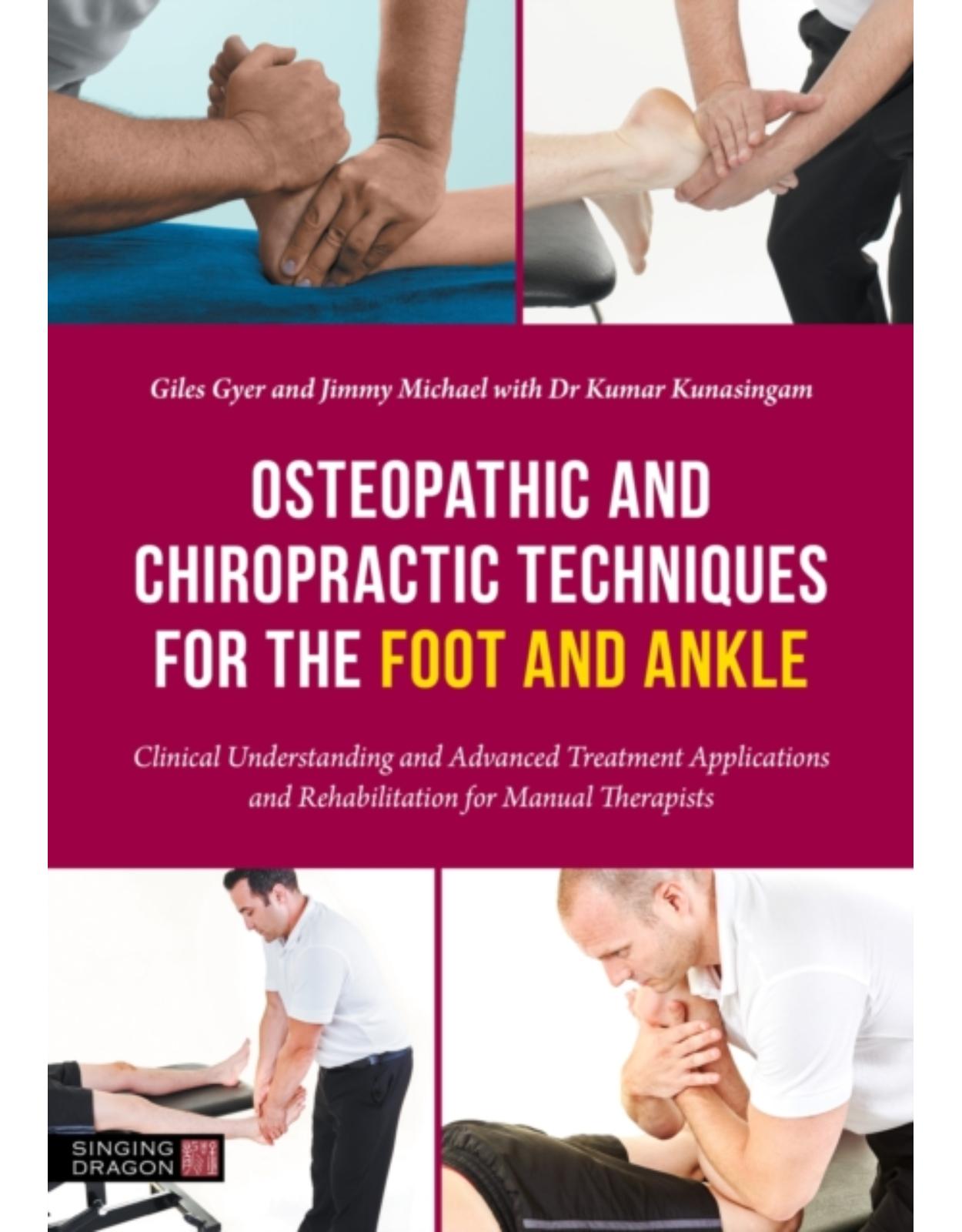
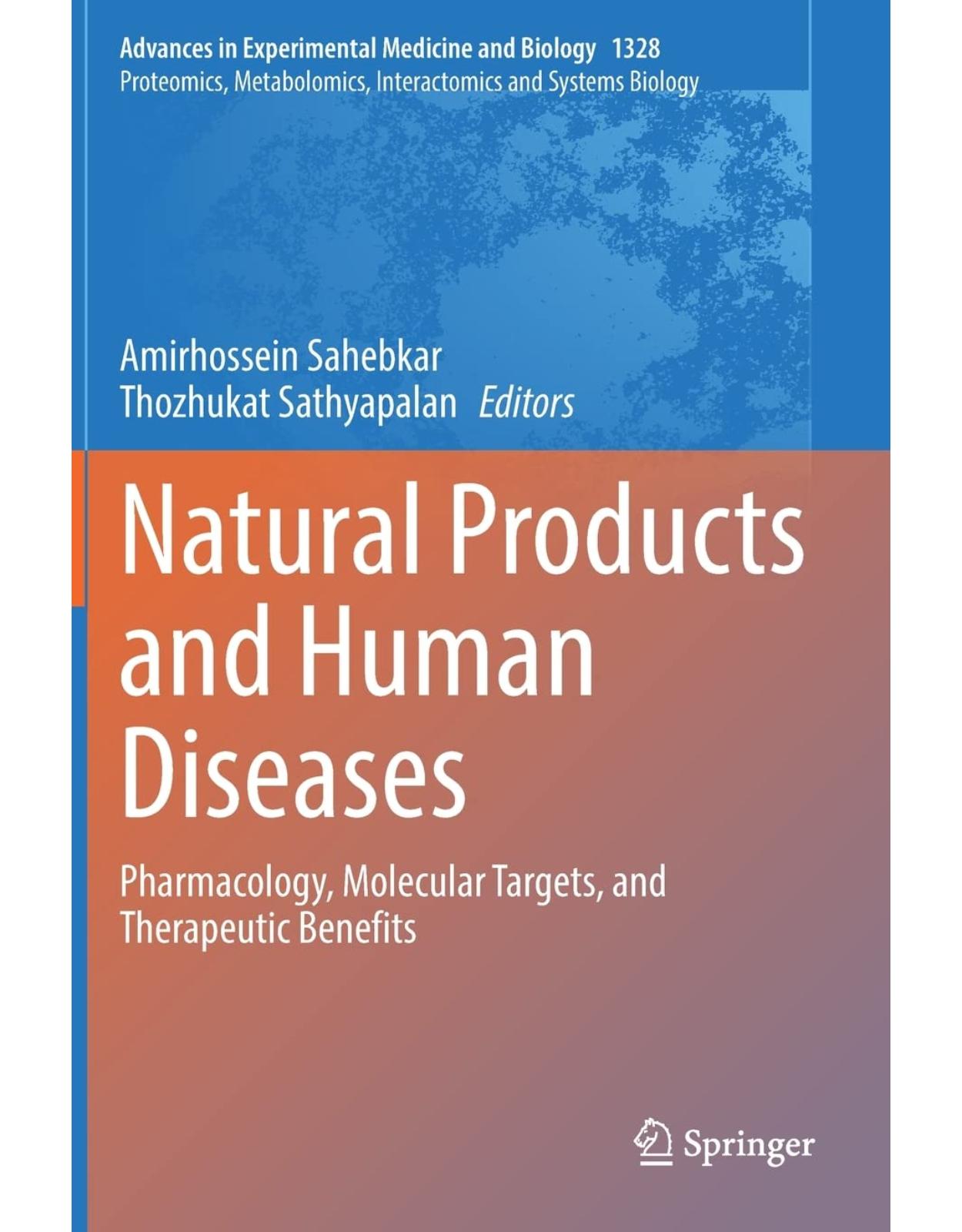
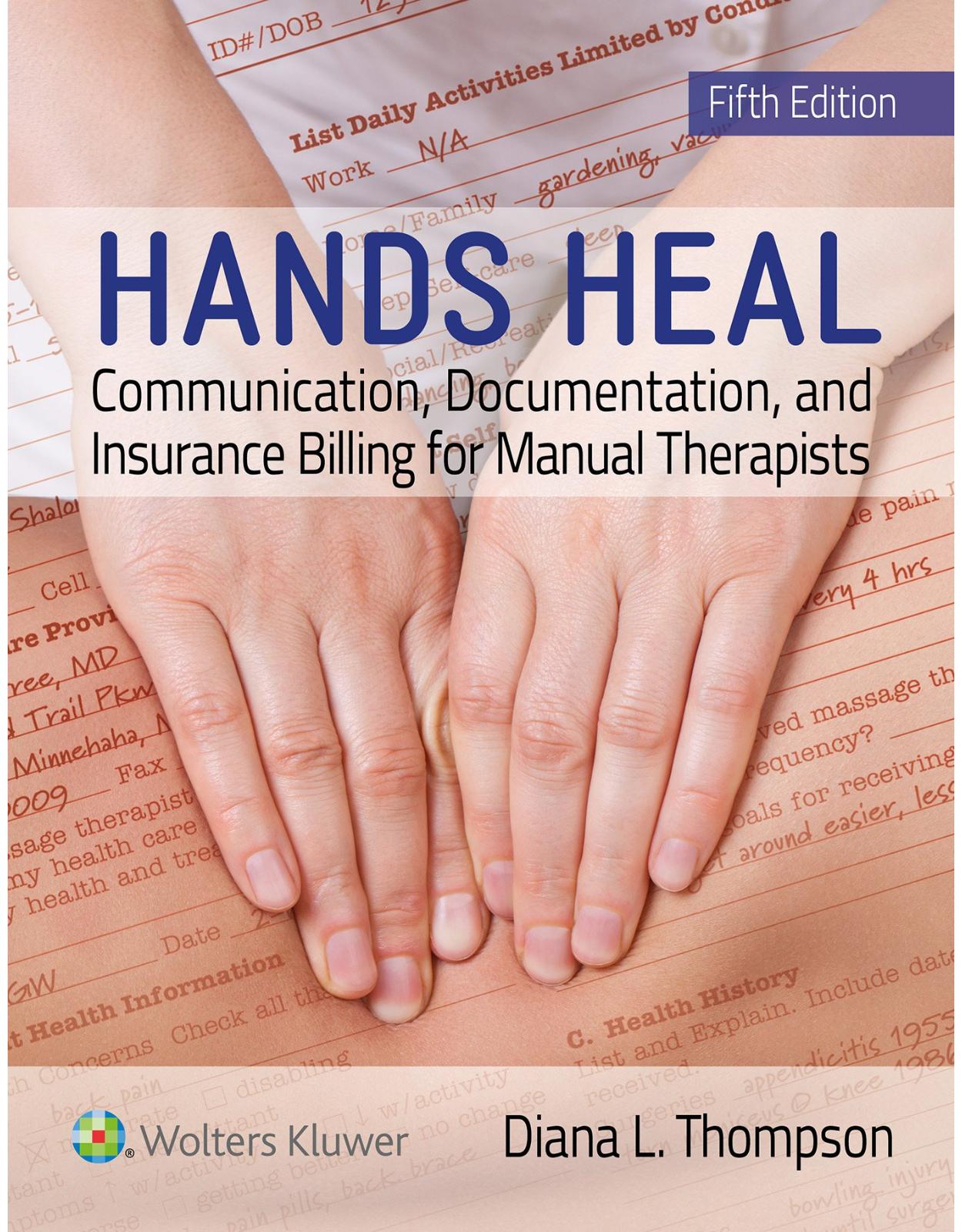
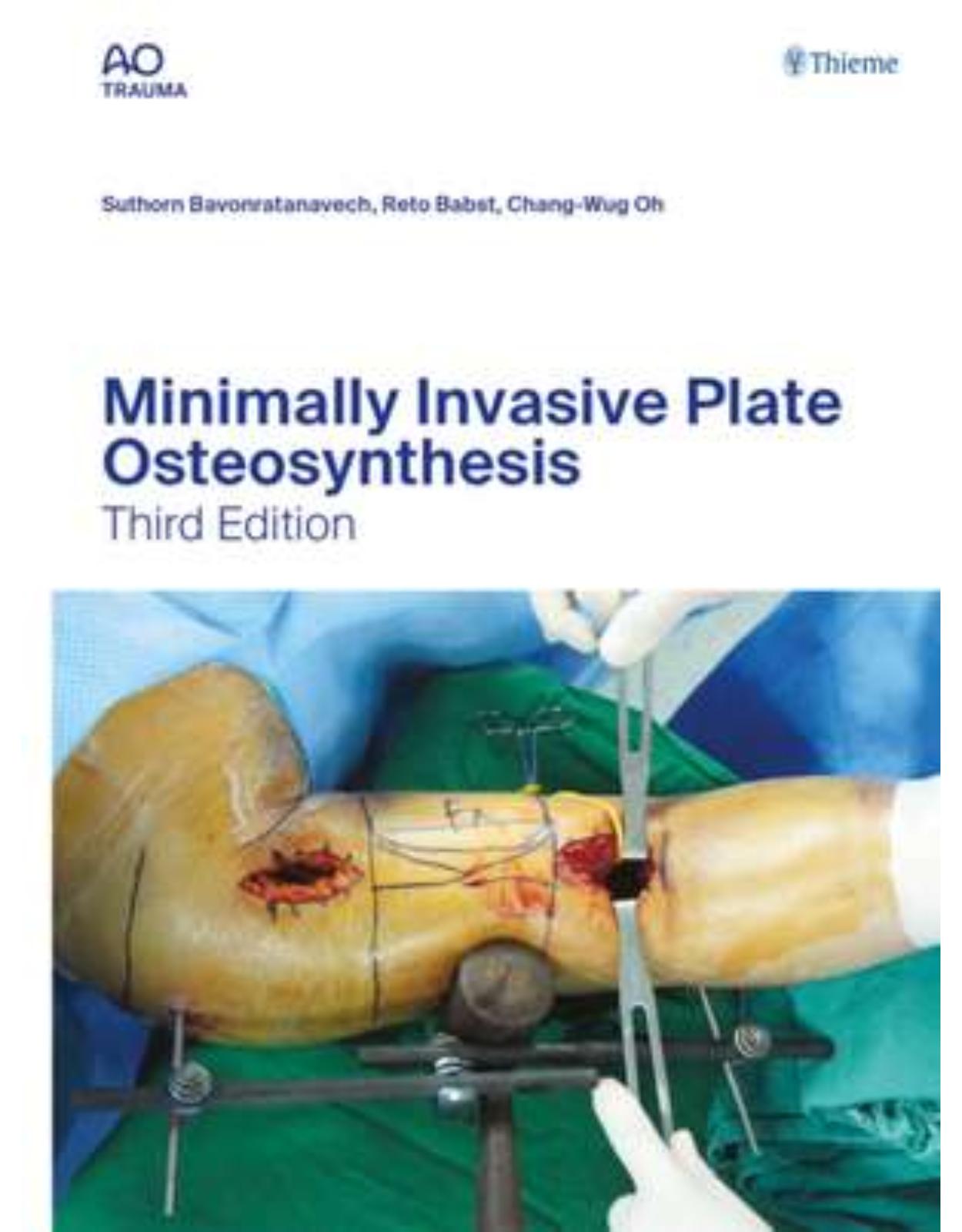
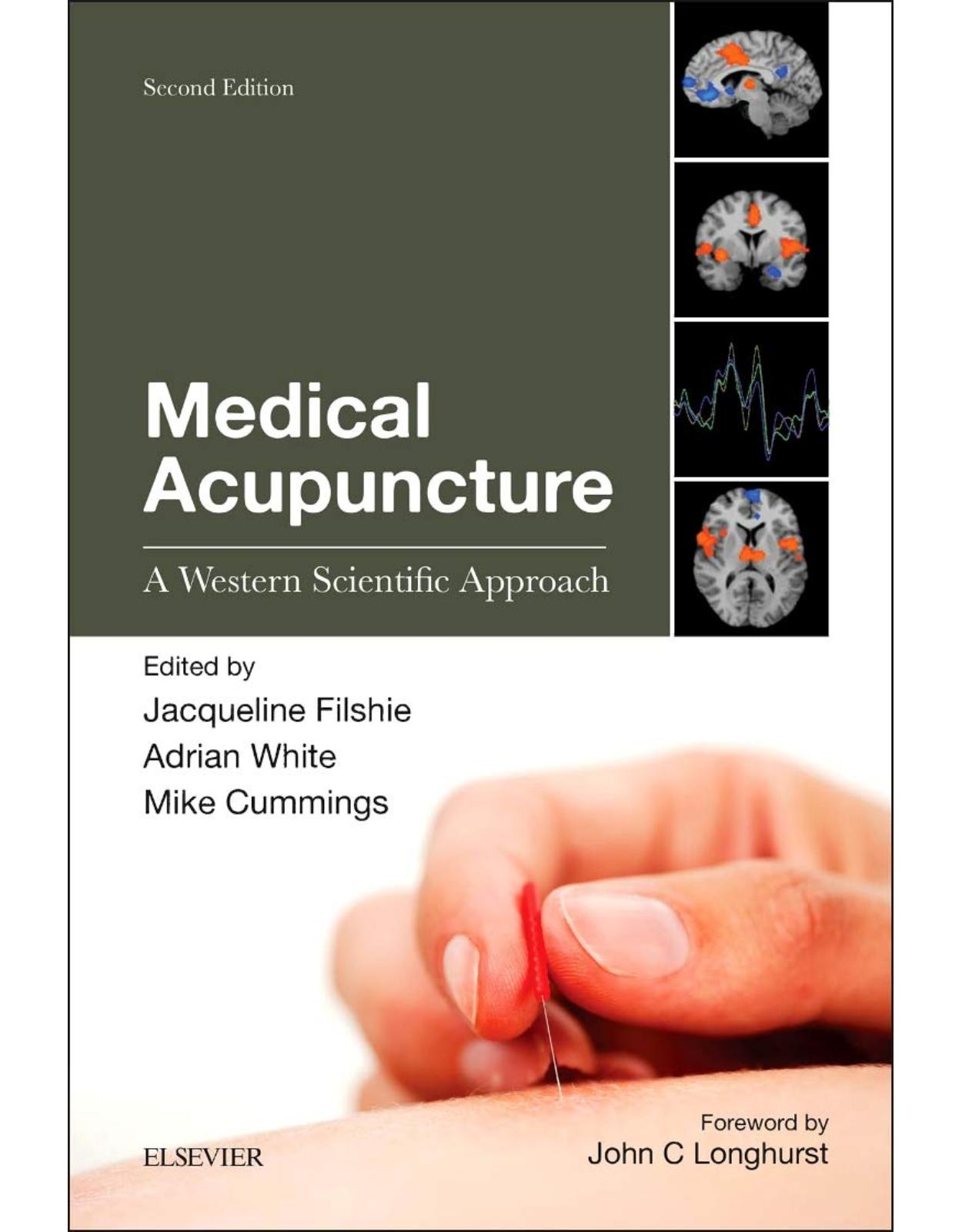
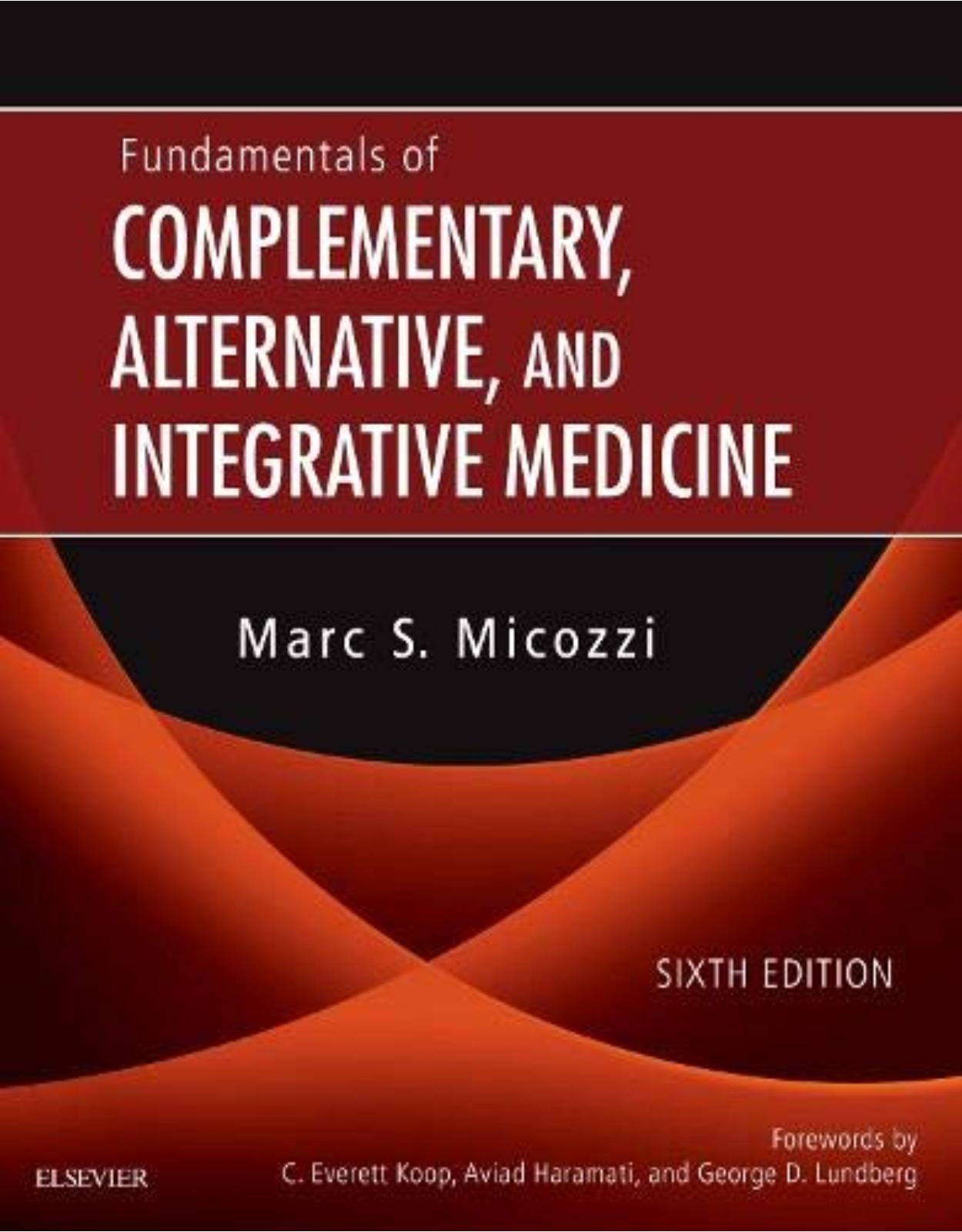
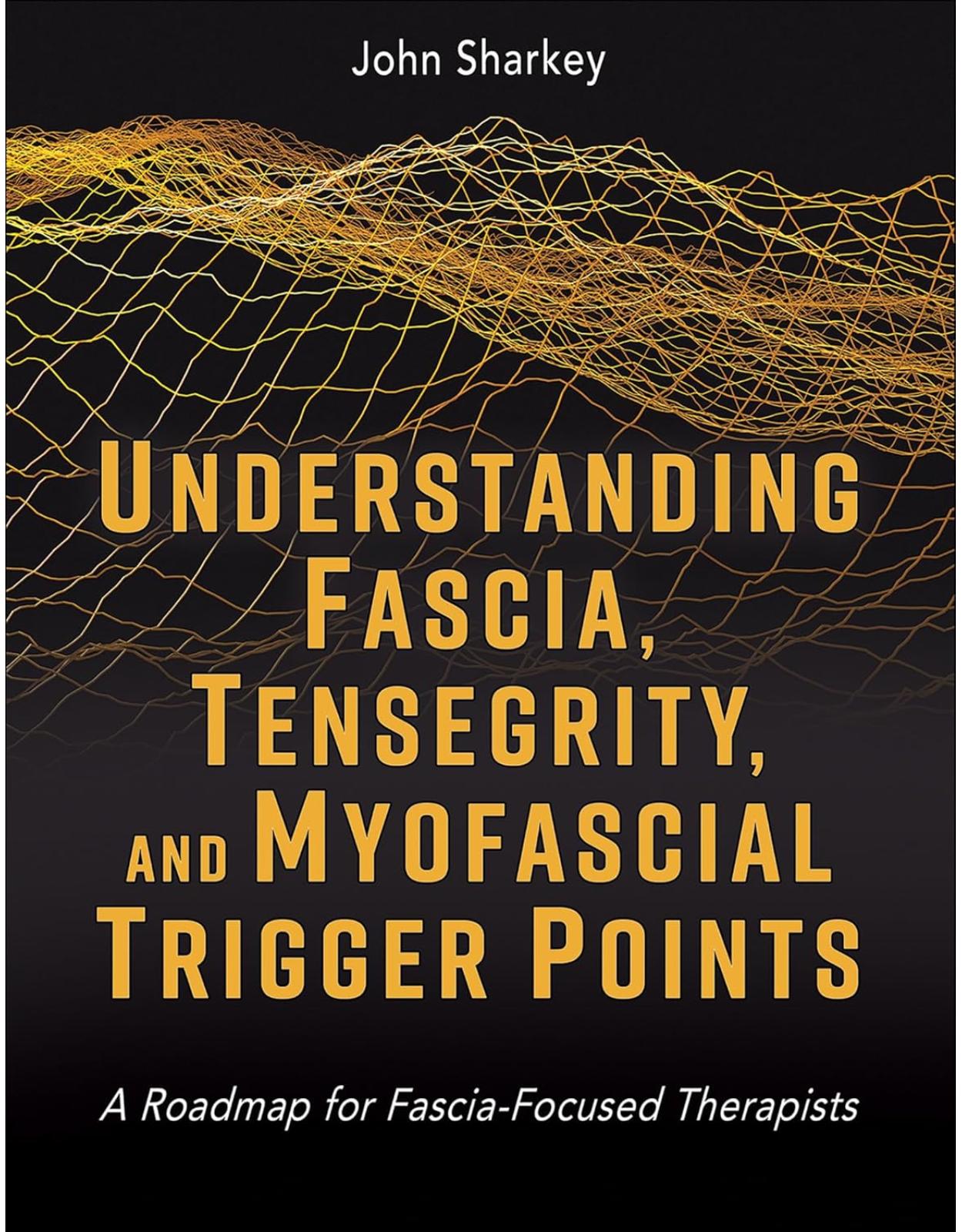
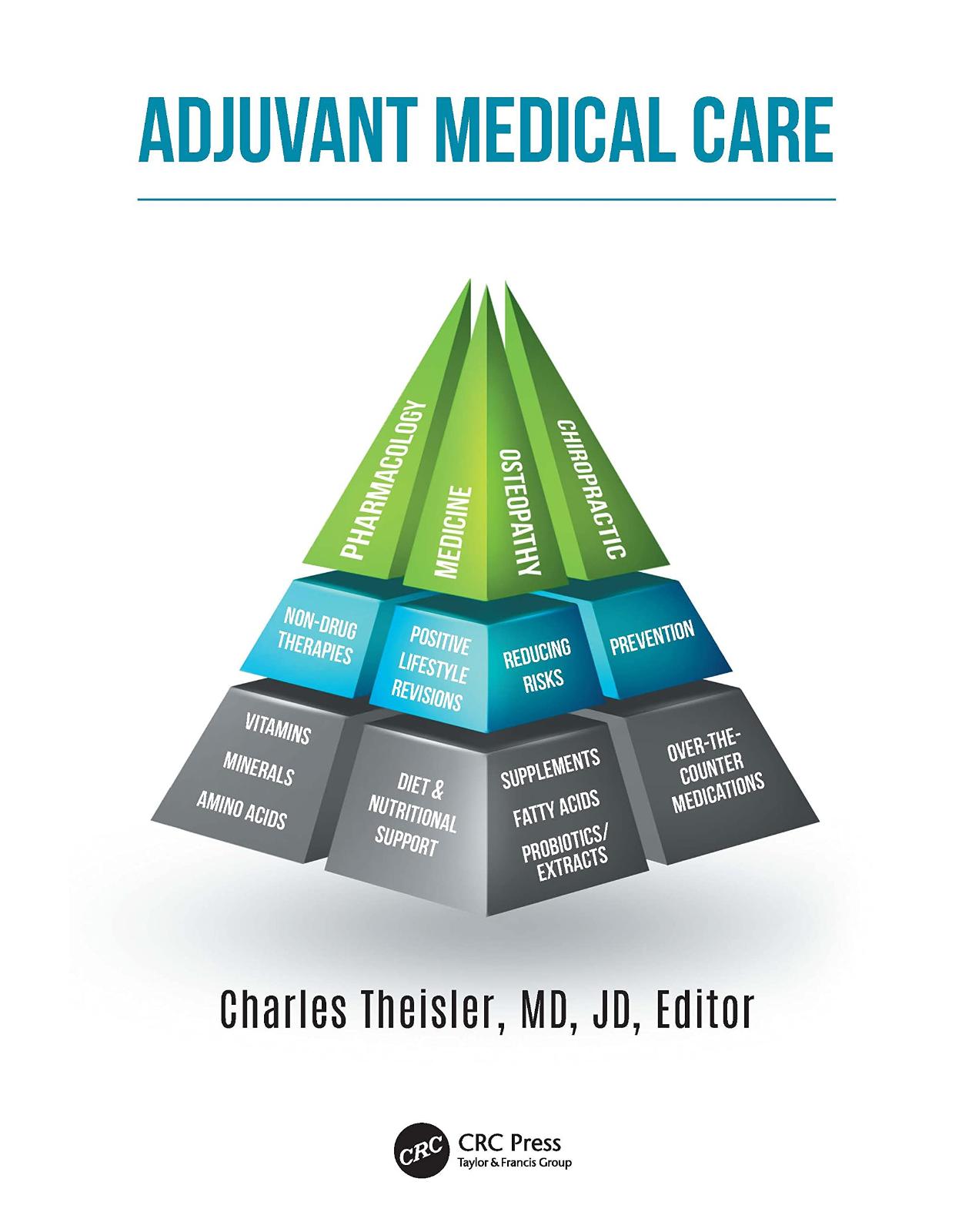

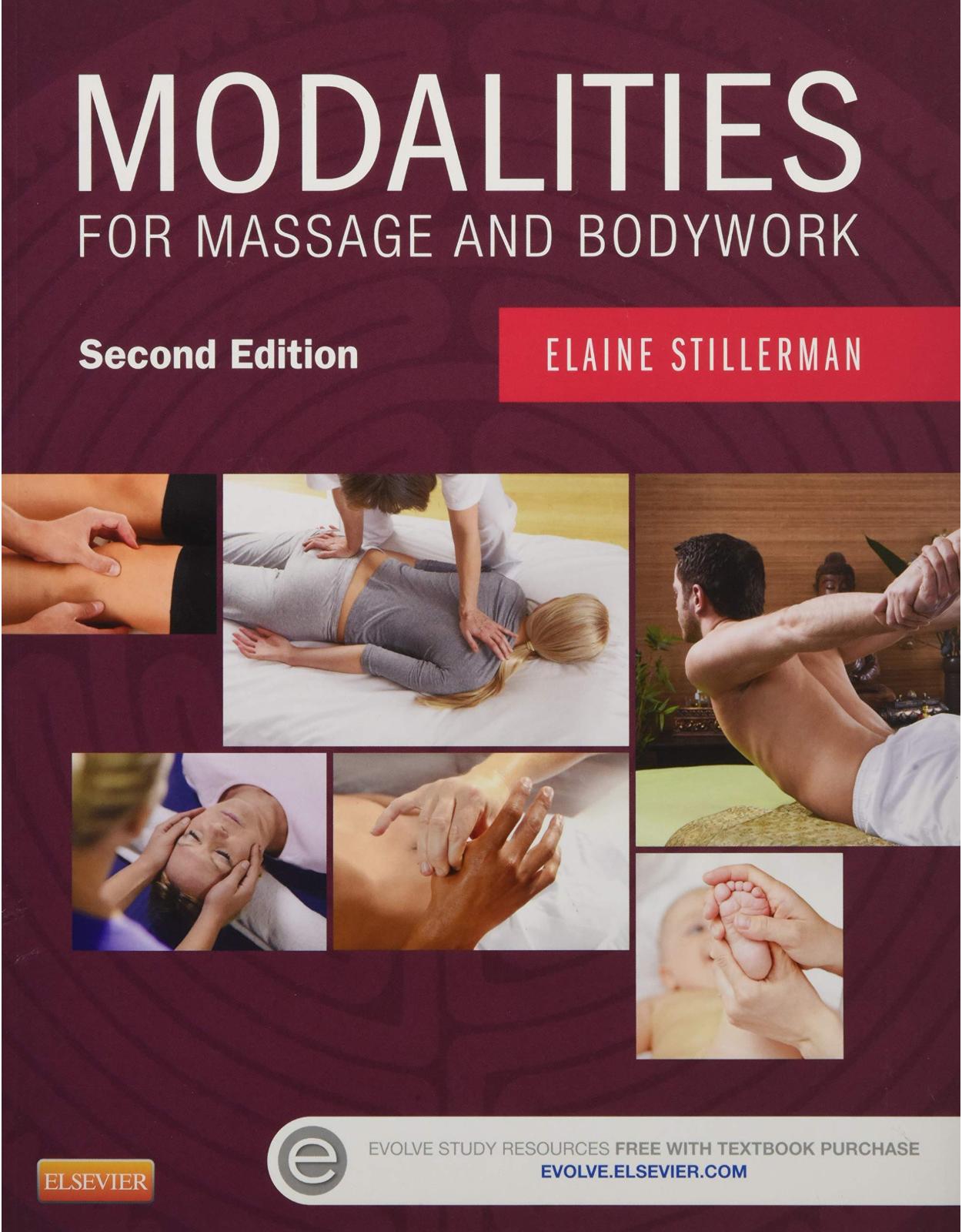
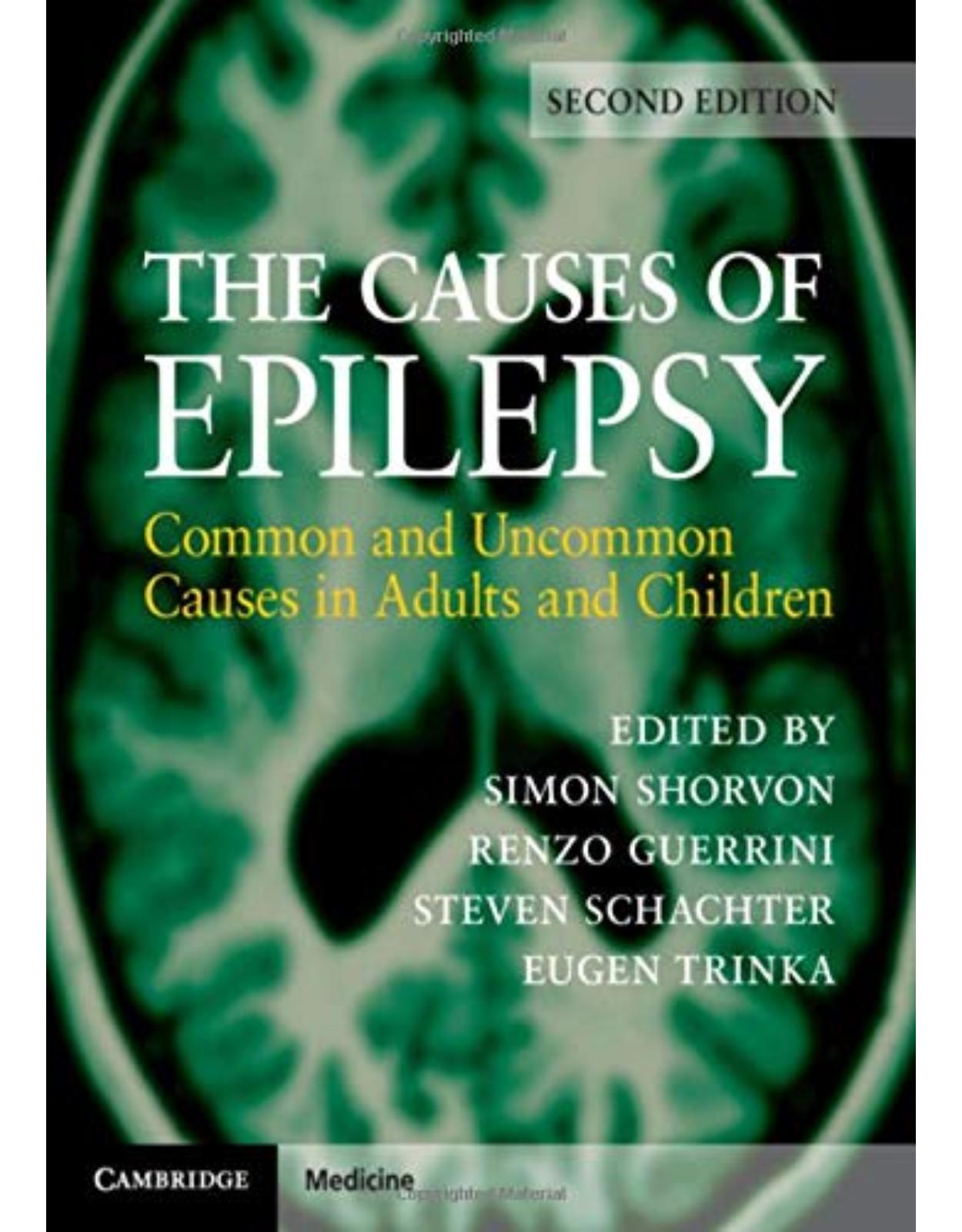
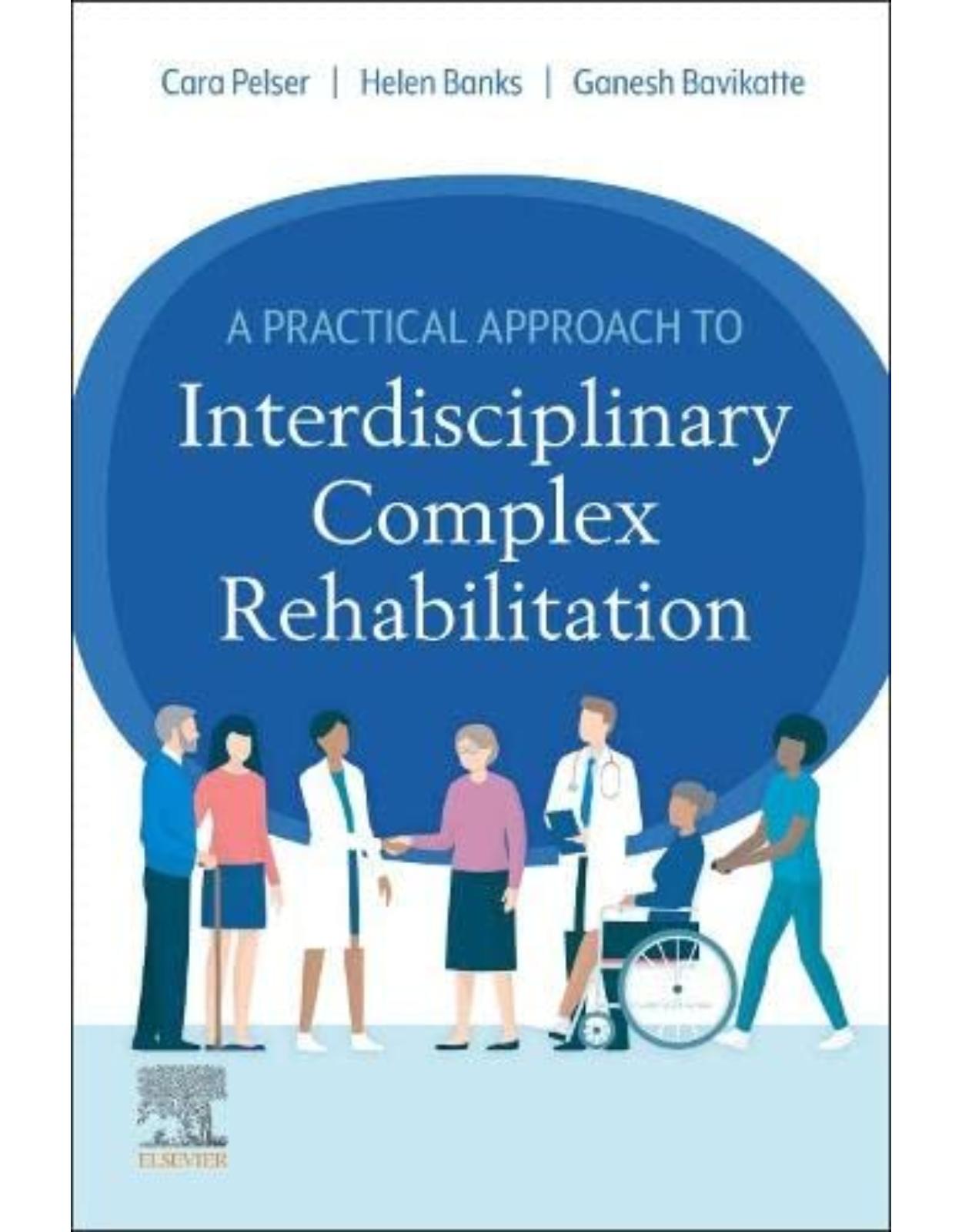
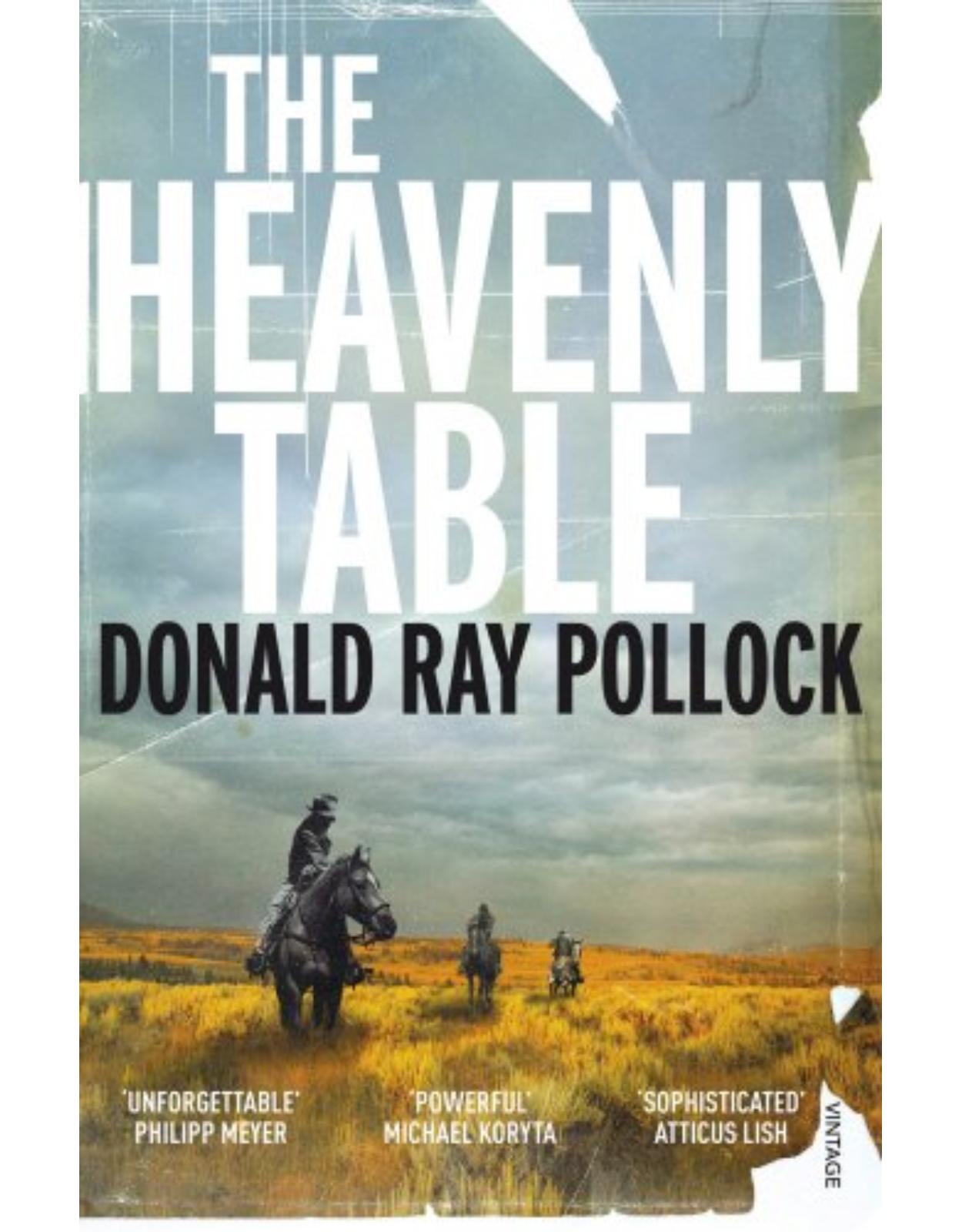
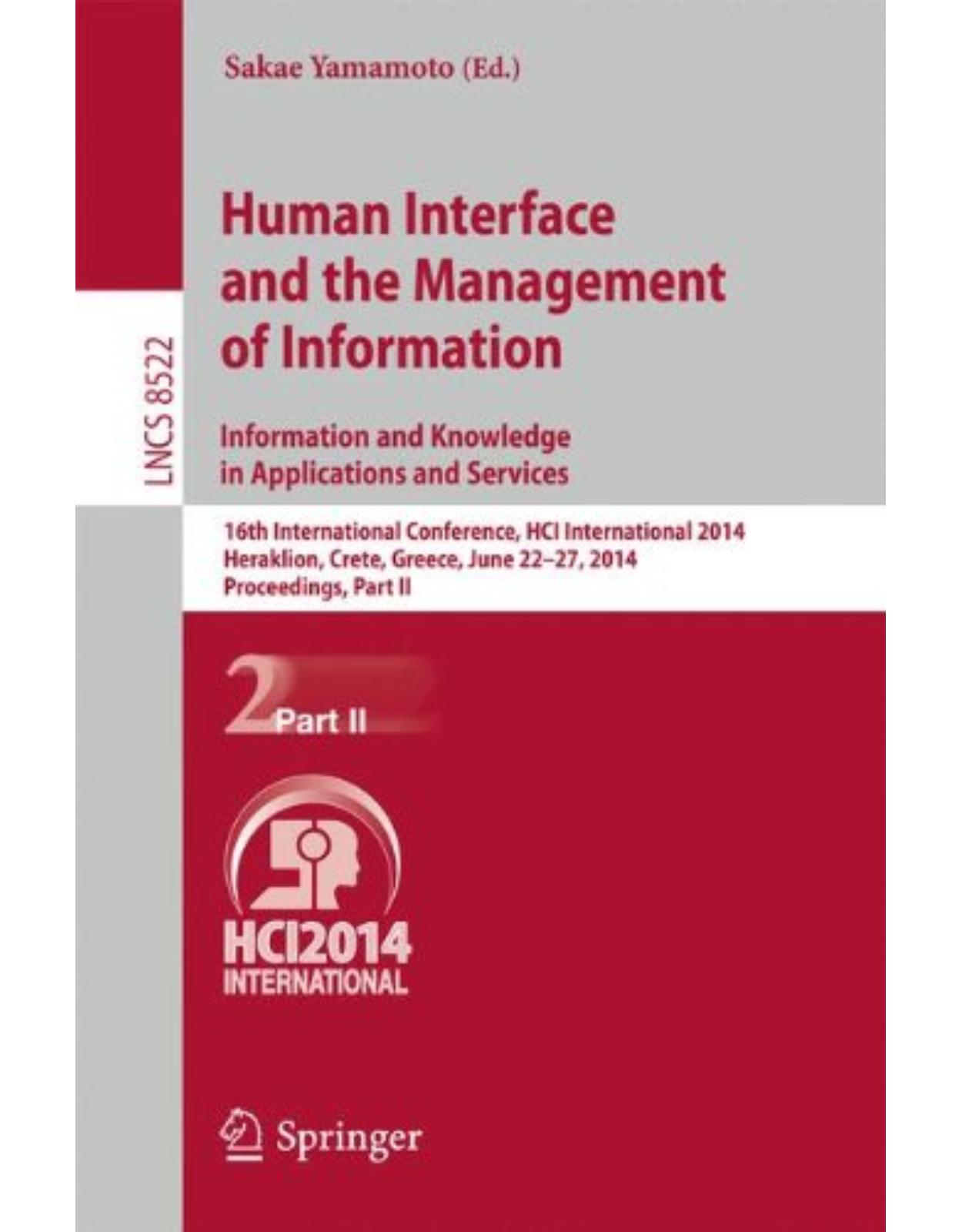
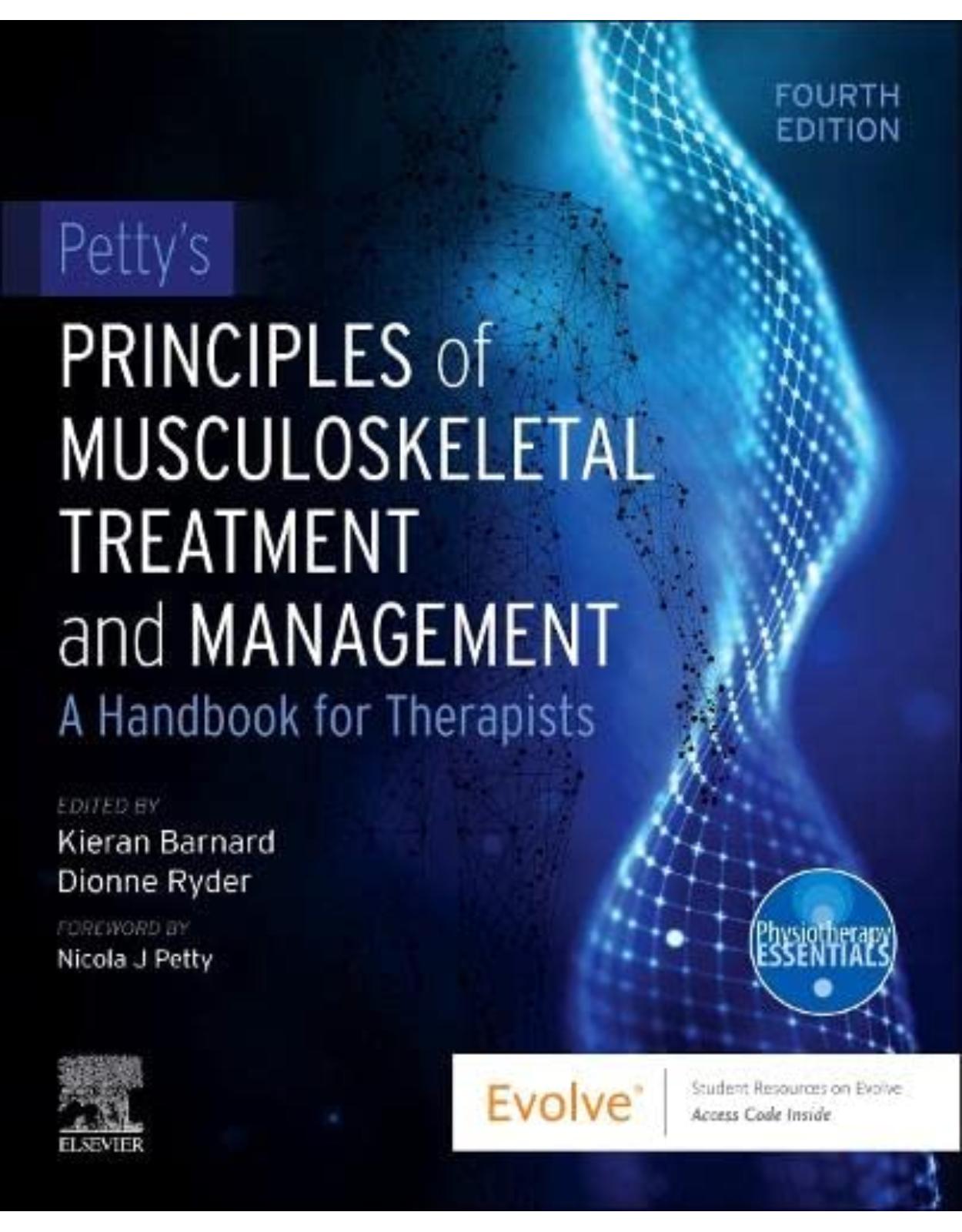
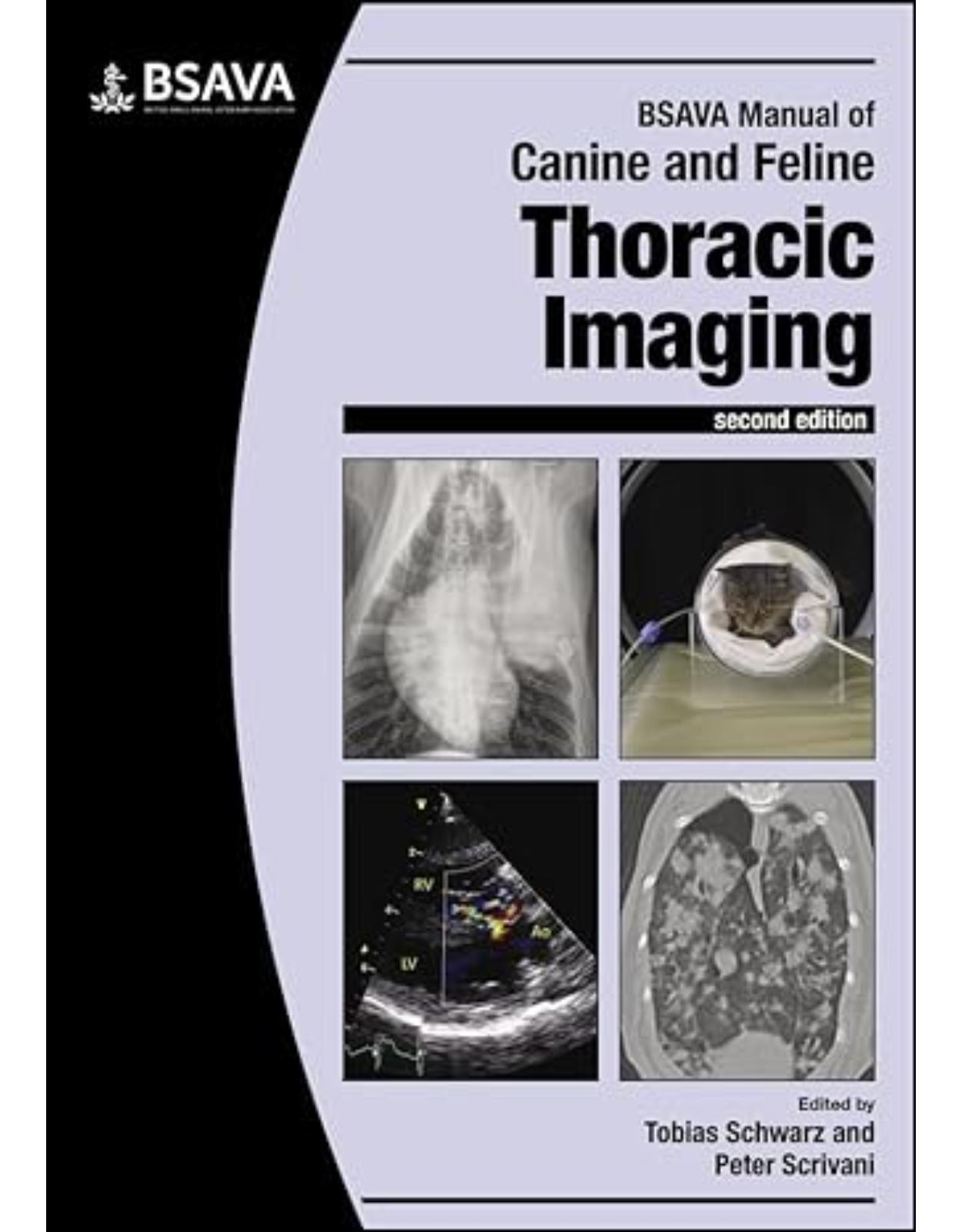
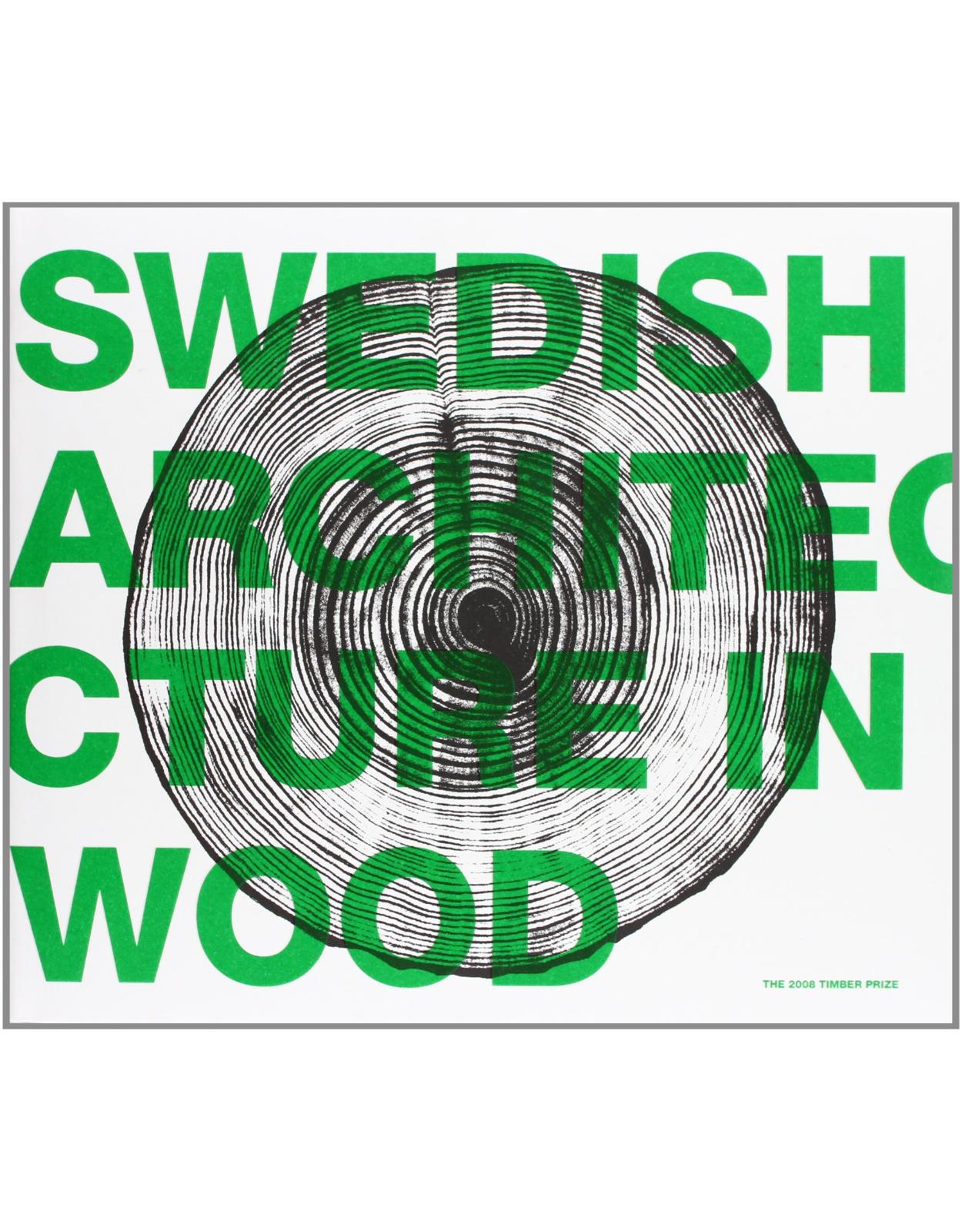
Clientii ebookshop.ro nu au adaugat inca opinii pentru acest produs. Fii primul care adauga o parere, folosind formularul de mai jos.